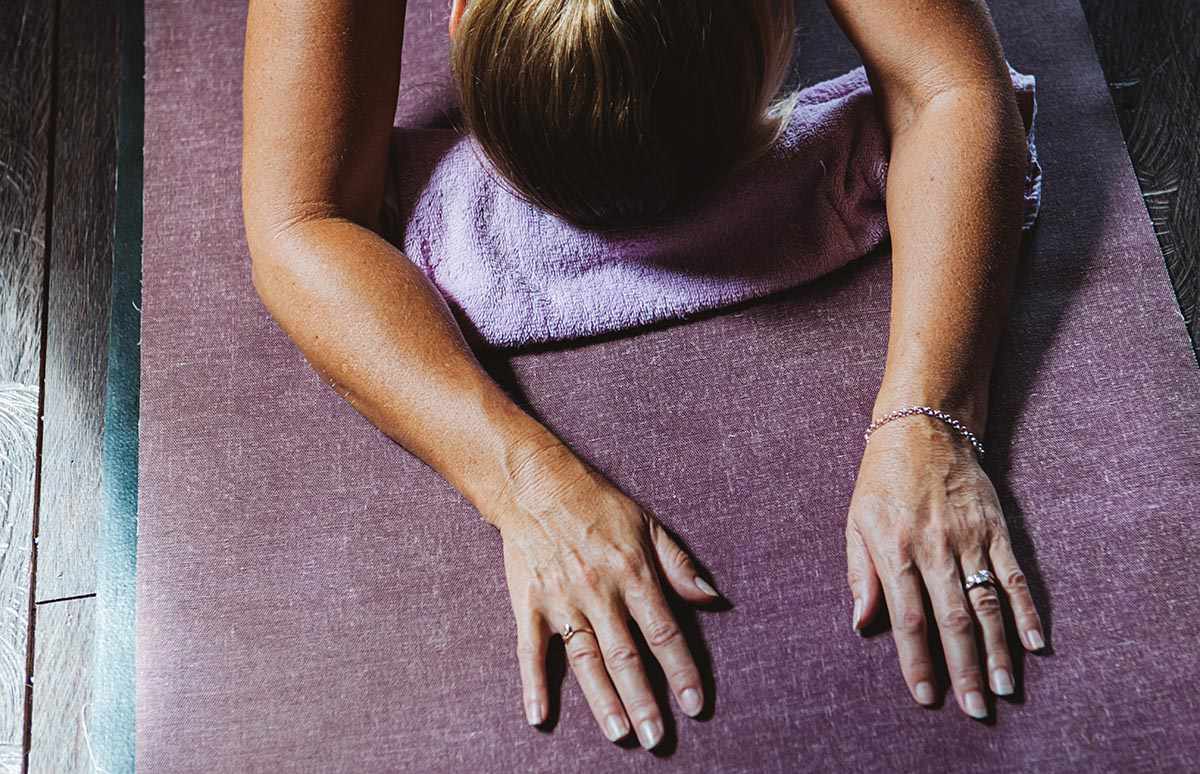
When the temps fall, it's natural to crave a toasty hot yoga class to warm you up. But sometimes, a heated session on the mat can turn into an uncomfortable workout that leaves you in child's pose fighting off dizzy spells. (
How Hot Should It Really Be In Hot Yoga Class?
What gives? Dizziness that only occurs during hot yoga (read: you don't have any known underlying medical condition) is likely due to a combo of poses and temperature. "Your body needs to work harder to deliver blood to your organs during exercise in the heat," explains Luke Belval, C.S.C.S., director of research at the Korey Stringer Institute at the University of Connecticut.
In some cases-particularly when combined with moves that are difficult to hold or if you're holding your breath-this can deprive other parts of your body, including your brain, of some blood. Dizziness, which corrects blood pressure, is your body's natural response to this, Belval says.
Plus, in a room that’s hotter than your body temperature, you give off heat by sweating (a lot). And while that certainly cools you off, it also reduces fluid volume in the body, lowering blood pressure further, making dizziness more likely, says Roger Cole, Ph.D., a certified Iyengar yoga teacher based in Del Mar, CA.
People who have low blood pressure to begin with might be more likely to feel faint, as would anyone who has compromised thermoregulation or a medical condition such as vertigo, Belval says. But dizziness could also vary by time of day, e.g., you might feel off during your first 6 a.m. Bikram class. Finding out the best time for your body to practice can help sidestep the issue, Cole says.
And while the human body is capable of remarkable things (yes, even conditioning itself to exercise in the heat), experts agree you should never push yourself if you feel dizzy. If you feel dizzy during multiple sessions of hot yoga, see a health care provider to ID any underlying medical problems. Lightheadedness could be a sign of something more serious, or that you're about to faint. If you feel a spell coming on, take a break, and consider these three tips for next time.
Build up to hot.
"Heat acclimatization typically occurs in 10 to 14 days of exposure," says Belval. So if you jumped right in, consider stepping back and starting in an unheated class and building up gradually.
But don't expect miracles. If the feelings persist, heated classes might just not be for you. "Even very fit people have a tolerance for the amount of heat they can withstand," says Michele Olson, Ph.D., an adjunct professor of sports science at Huntingdon College in Montgomery, AL.
Consider your poses.
Consider Savasana your go-to if you’re feeling faint. “The gravitational effects of lying down help restore blood pressure to the heart and brain,” says Cole. Skip inversions such as downward dog and forward fold, even if you think they’ll help, as they tend to increase the dizzy feeling, says Heather Peterson of CorePower Yoga. Child’s pose is another option if it feels right for you, adds Cole.
Most important: Take slow, deep breaths, which can help deliver oxygen throughout the body and help the feeling pass.
Hydrate!
Never show up to a heated class dehydrated-a lack of H2O can exacerbate the drop in blood pressure that causes the dizziness, explains Belval. Instead of aiming for the eight-glasses-a-day trick, drink according to your thirst throughout the day and use your urine color as a check, he suggests. "Lighter-colored urine that looks like lemonade is better than dark-colored urine that looks like apple juice. Clear urine may be an indication that you're drinking too much."
If you have a vacuum-insulated bottle, Peterson suggests bringing ice water to keep things (much) cooler.














































